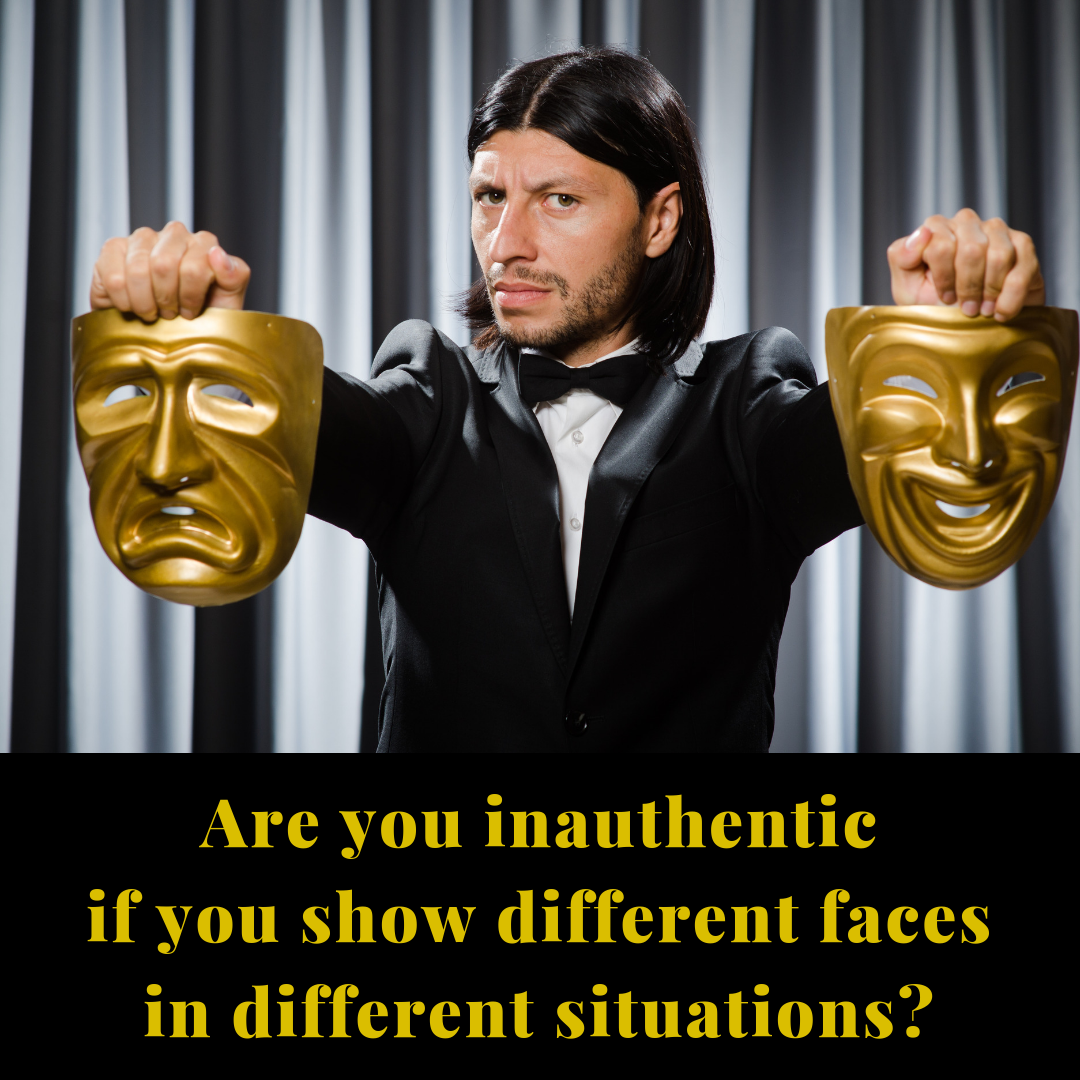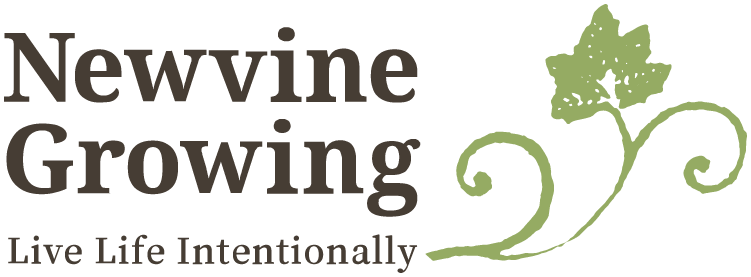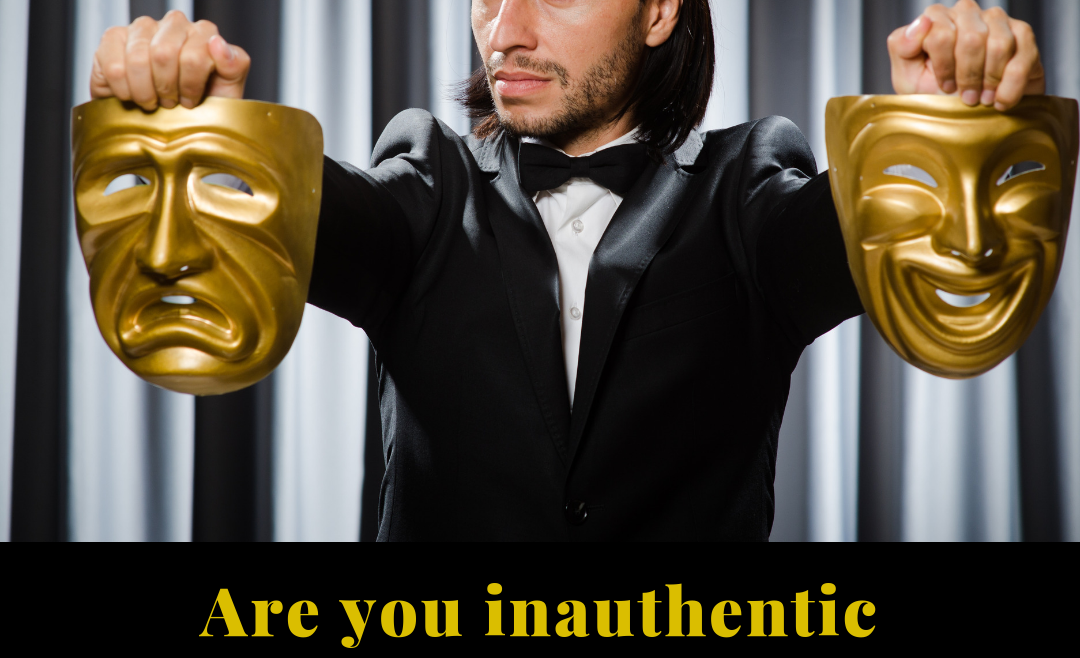It seems the mantra of our times is authenticity.
You should express your true self. To do anything else is to be fake or not fully expressed.
If I can be authentic for a moment: Nobody wants to see your true self. We all have thoughts and feelings that we believe are fundamental to our lives, but that are better left unspoken.
A decade ago, the author A. J. Jacobs spent a few weeks trying to be totally authentic. He announced to an editor that he would try to sleep with her if he were single and informed his nanny that he would like to go on a date with her if his wife left him. He informed a friend’s 5-year-old daughter that the beetle in her hands was not napping but dead. He told his in-laws that their conversation was boring. You can imagine how his experiment worked out.
“Deceit makes our world go round,” he concluded. “Without lies, marriages would crumble, workers would be fired, egos would be shattered, governments would collapse.”
How much you aim for authenticity depends on a personality trait called self-monitoring. If you’re a high self-monitor, you’re constantly scanning your environment for social cues and adjusting accordingly. You hate social awkwardness and desperately want to avoid offending anyone.
But if you’re a low self-monitor, you’re guided more by your inner states, regardless of your circumstances. In one fascinating study, when a steak landed on their plates, high self-monitors tasted it before pouring salt, whereas low self-monitors salted it first. As the psychologist Brian Little explains, “It is as though low self-monitors know their salt personalities very well.”
I recommend you read the article for further examination of high and low self monitors, and how those behaviors play out in relationships and at work.
 If we define our first instinct as authentic, do we want to revert to toddlers throwing tantrums, rather than adults capable of taking a deep breath and considering the most productive way of working through frustration or conflict?
If we define our first instinct as authentic, do we want to revert to toddlers throwing tantrums, rather than adults capable of taking a deep breath and considering the most productive way of working through frustration or conflict?What if we’ve developed behaviors and habits that are authentic but no longer serving us? It is authentic for me to get defensive when criticized, but it’s not healthy for my marriage and not a path to success in my career. Am I inauthentic to develop better responses?
Herminia Ibarra, a professor of organizational behavior and the Cora Chaired Professor of Leadership and Learning at Insead, wrote “The Authenticity Paradox” for the Harvard Business Review. In it, she writes:
Because going against our natural inclinations can make us feel like impostors, we tend to latch on to authenticity as an excuse for sticking with what’s comfortable. But few jobs allow us to do that for long. That’s doubly true when we advance in our careers or when demands or expectations change …
In my research on leadership transitions, I have observed that career advances require all of us to move way beyond our comfort zones. At the same time, however, they trigger a strong countervailing impulse to protect our identities: When we are unsure of ourselves or our ability to perform well or measure up in a new setting, we often retreat to familiar behaviors and styles.
But my research also demonstrates that the moments that most challenge our sense of self are the ones that can teach us the most about leading effectively. By viewing ourselves as works in progress and evolving our professional identities through trial and error, we can develop a personal style that feels right to us and suits our organizations’ changing needs.
That takes courage, because learning, by definition, starts with unnatural and often superficial behaviors that can make us feel calculating instead of genuine and spontaneous. But the only way to avoid being pigeonholed and ultimately become better leaders is to do the things that a rigidly authentic sense of self would keep us from doing.
She also discusses the difference between high and low self monitors, and goes on to explore how we can latch on to damaging behaviors as ingrained parts of our personalities (having a hot temper, for example) rather than opportunities to learn new skills. It’s a compelling read.
With luck, we learn and grow over time. While we might carry core values for a lifetime, we develop new skills and interests as we gain perspective and experience. I joke that 20- or even 30-year-old me might not recognize 47-year-old me.
I wrote an article headlined, “Making decisions in pencil,” for the website Unstuck about this evolution. A snippet of that:
A study published in the journal Science in 2013 showed that participants who were asked about their personality traits and preferences over time could see how much they had changed from the past to the present, but when they were asked to predict what they would be like in ten years, people expected they would be about the same. That is, they didn’t expect they would continue to change. They saw their current selves as the finished product.
“Middle-aged people — like me — often look back on our teenage selves with some mixture of amusement and chagrin,” one of the study’s authors, Daniel T. Gilbert, a psychologist at Harvard, told the New York Times about his research. “What we never seem to realize is that our future selves will look back and think the very same thing about us. At every age we think we’re having the last laugh, and at every age we’re wrong.”
We underestimate the degree to which we’ll continue to change — which could make you think “today you” is the most authentic. But research shows that’s not true. You’ll keep changing.
I think rather than authenticity, we’d all be better served by a focus on what’s best for us and our communities. What do you think?

